
Though 'active insulation' has been a bit of a buzz concept in recent years, I've not encountered too many synthetic insulated jackets that you can genuinely be active in without soon becoming a sweaty mess. Sandwiching insulation between layers of fabric generally seems to have that effect. But the Fireball scores really well here. It's designed to be equally effective whether worn as an outer when you're working hard in autumn and spring type conditions, or within your layering system in winter. Lightweight, breathable, reasonably weather-proof, and cut for moving - not just standing around in - this is a really versatile jacket that suits a broad range of conditions and activities. Among the models in this loose sort of all-rounder category, it's one of the best I've used.
The £200 price tag seems a little steep for a lightweight synthetic insulated jacket, but the Fireball's rare ability to be comfortably worn on the go is worth a bit of spend in my book.
Weight and packability
My size L review jacket weighs 408g (Montane quote 375g, but the size isn't specified). While you can certainly get lighter synthetic insulated jackets - something like Rab's new Xenair and Xenair Light both weigh a fair bit less, for instance - this is still at the lighter end of the scale. Besides which the weight is fairly nominal, in the sense that I haven't found myself carrying the Fireball that much this autumn, because I'm usually wearing it instead. In cooler weather it's more of a wear-all-day than a carry-in-case piece.
While you don't get a stuff sack or stow pocket, the Fireball can be squashed down to about the size of a coconut (for want of a more technical sounding comparison). It's a bit thicker, and hence less packable, than some ultralight synthetic jackets, but nevertheless I'd say Montane have missed a trick in not including a stow pocket, because this is the sort of jacket you might still want to scrunch up and hang off your harness on a multi-pitch rock climb in iffy weather.
Fit
A women's version of the Fireball is also available. On both models the fit is described as 'Active Mountain - close fitting for fast paced activities'. I'm a little sceptical of so-called athletic cuts, which often seem to be code for 'too tight - go up a size', but perhaps that's a sign of my age and declining athleticism. In this case the cut is well judged for a garment that's designed to bridge the gap between outer layer and midlayer, and the fit on my medium-heavy frame is spot on. While you probably won't be able to wear more than a light fleece and baselayer under the Fireball, this means it's trim enough to slip neatly beneath bulkier layers or a shell.
There's enough length in the body to sit below the waist and keep draughts out of the midriff, and to cover about half your bum. Crucially, I find that the cut of the underarms and sleeves allows me to raise my arms without tugging up the hem. That's more than I can say for a great many jackets. The Fireball stays more or less in place under a harness, so I'd consider it a viable choice as a midlayer for winter mountaineering, or a stand-alone layer for scrambling or cold weather cragging.
A fairly close cut in the forearms and elbows helps reduce bulk in the sleeves (better for layering under other jackets), but there's still enough give in the cuffs to pull them over insulated gloves, or to roll your sleeves up over a climber's forearms to help cool down when you're plodding up a hill. You get no adjustment tab at the wrist, but on a top like this that really isn't needed.
Fabric
Made of a light nylon, the outer has a decent stretch, which combines with the articulated tailoring to allow unrestricted mobility. Where the cut is a bit close at the elbows, I can feel that stretch kicking in.
A DWR allows a degree of wearability in drizzly conditions, or light snowfall. This 'Featherlite air' fabric is air permeable, and it's this that partly accounts for the Fireball's breathability. On the downside of course, you do feel a cold wind through it, but to my knowledge no single clothing magic bullet has yet been invented. Windproofness versus breathability is always going to be something of a trade-off, and as an active layer I'd say the Fireball strikes the right balance. In colder, windier weather (or proper rain) you just have to don a shell.
Insulation
Inside it's something called CLO VIVO EXTREME ECO. The caps look a bit shouty, but I think Montane may have something to justifiably shout about here. With a commendable 55% recycled content (just over halfway - can they make it more in future?) this polyester stuff has a decent loft, and seems warm for the low-to-middling 60gsm fill weight you get in the Fireball. To aid freedom of movement the insulation stretches along with the outer and inner fabric. Better still, to help with breathability, it's perforated. This really seems to work. I've worn the Fireball from start to finish on several cool weather hill days now, keeping it on without boiling in the bag on sweaty ascents, and only adding a shell on top when the wind picks up on the summit.
Depending on factors such as metabolism, gender, age, and fitness, we all seem to be a bit different in terms of how we experience the cold, and how much sweating we do when exercising - and this is bound to influence our subjective assessment of how warm and breathable any jacket is. As a general indicator, I've always seemed to be about middle of the road when it comes to cold tolerance and sweatiness. For me the Fireball is spot on as an active layer in terms of warmth/weight and air permeability.
Features
There are three zipped pockets. None are big enough for a map, which I've occasionally found mildly irritating, but they'll do for hats and gloves. As mentioned above, it's a shame there's no stow pocket. The lower two remain usable when wearing a harness or rucksack hip belt, while the single chest pocket is the place to keep your phone. The durable YKK Vislon main zip is backed by a little anti-snag draught excluding baffle, and the hem has an elastic drawcord.
While I'm not a huge fan of having a hood on every midlayer (you end up with so damn many, and sometimes it's nice not to), the Fireball's versatile layering remit suits it. The under-helmet hood is soft, low-bulk, and close-fitting. It's simple, with no volume adjustment or stiffened brim. This is fine when you're wearing the Fireball in calm conditions, or using it as a midlayer under a shell with its own more protective hood. However if it's being used in main-jacket mode, without the added protection of a more structured hood over the top, then it can catch the wind and flap about. I also find that, while the chin stays warm and covered, the upper edge of the hood rides high, leaving your whole forehead exposed to the elements. I've just come to accept the Fireball for what it is (a crossover between midlayer and light jacket), and not worry about what it isn't (a fully winter-worthy, stand-alone insulated jacket).
Summary
Light, breathable, warm for its weight, and cut to move in, the Fireball is a do-it-all jacket-cum-midlayer that would suit anything from chilly crags to winter climbing, hillwalking to backpacking. My only two niggles are the lack of a stow pocket and the slightly inadequate hood - but neither are terminal, and it's probably telling that I regret having to finish this review and start wearing something else. If you're after a synthetic insulated layer that you can put on and wear all day, whether stationary or working hard, and not end up a clammy mess, then this quietly understated jacket really is one to beat.
Montane say:
Adopting super breathable CLO VIVO EXTREME ECO synthetic insulation, the Fireball Jacket is designed as a reliable winter mid-layer or outer layer for in-between seasons. The unique construction of the CLO insulation regulates core body temperature effectively and the stretch FEATHERLITE™ Air outer fabric has a DWR that will shed light rain, making it an ideal insulation layer to keep you warm and comfortable when working hard in cold conditions.



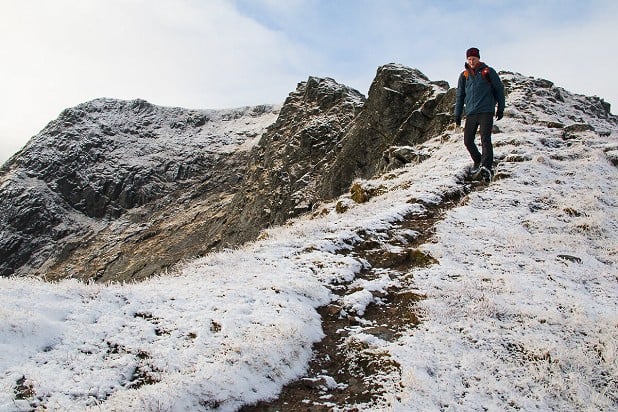
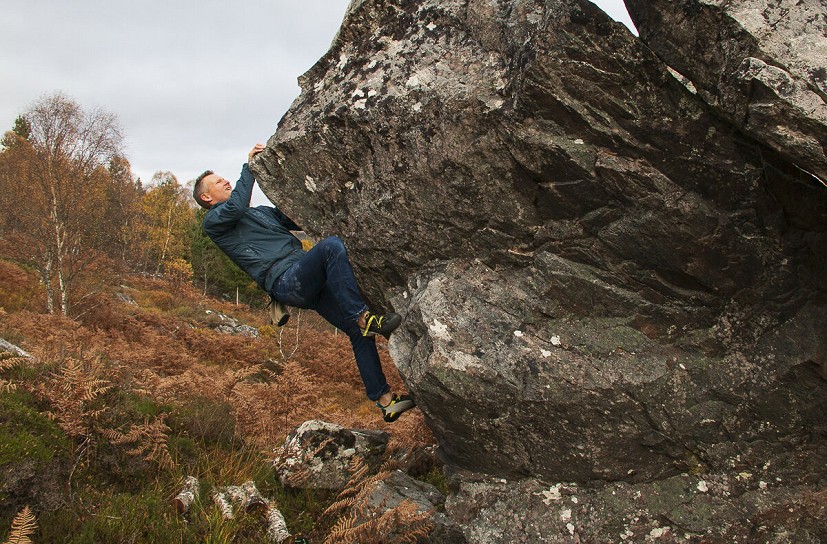
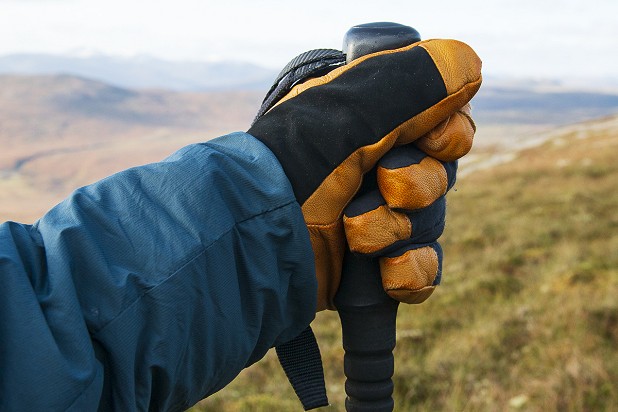
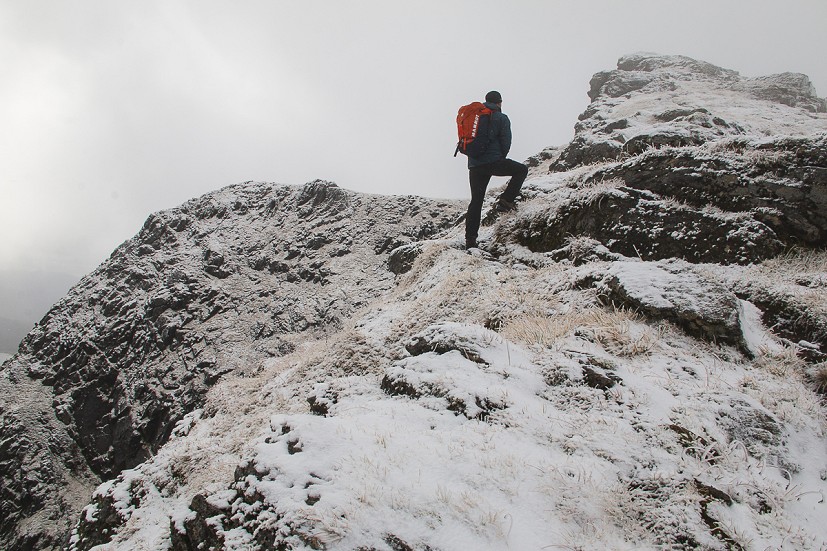


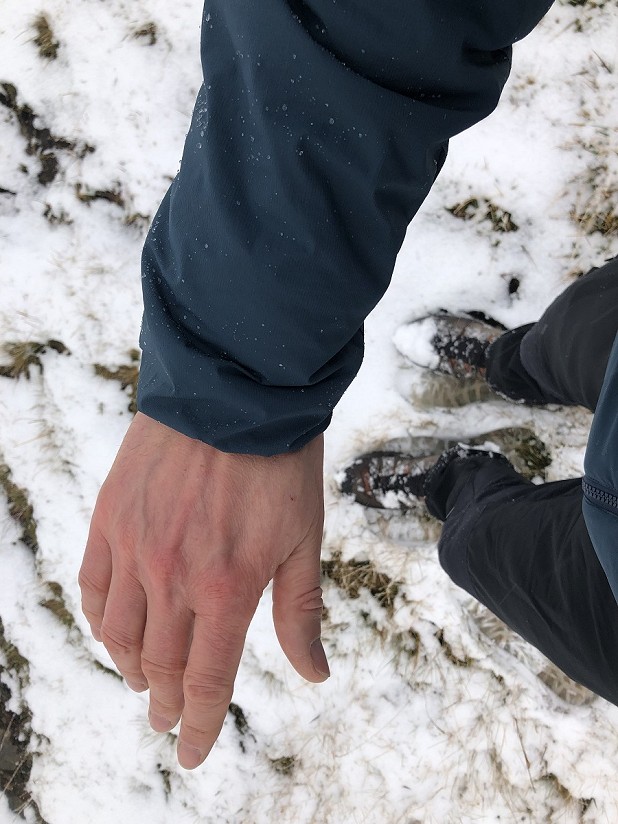

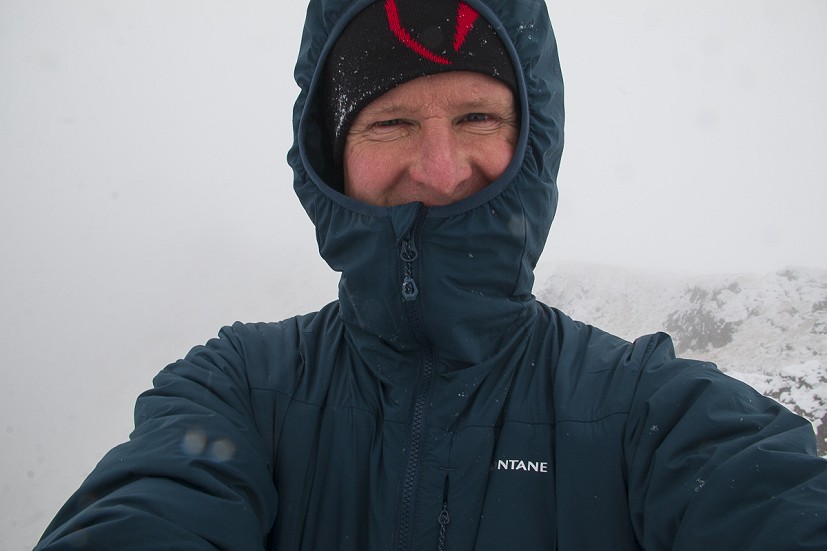
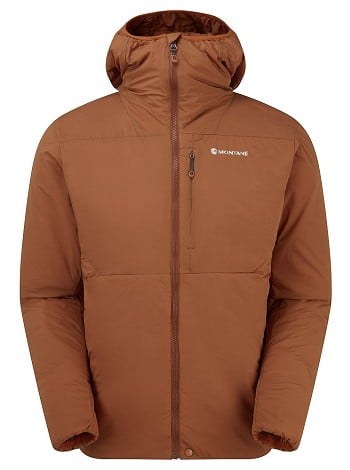










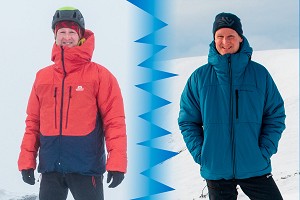



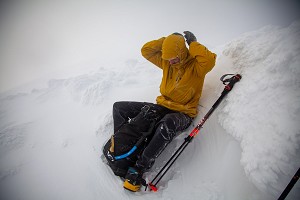




















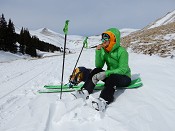
Comments